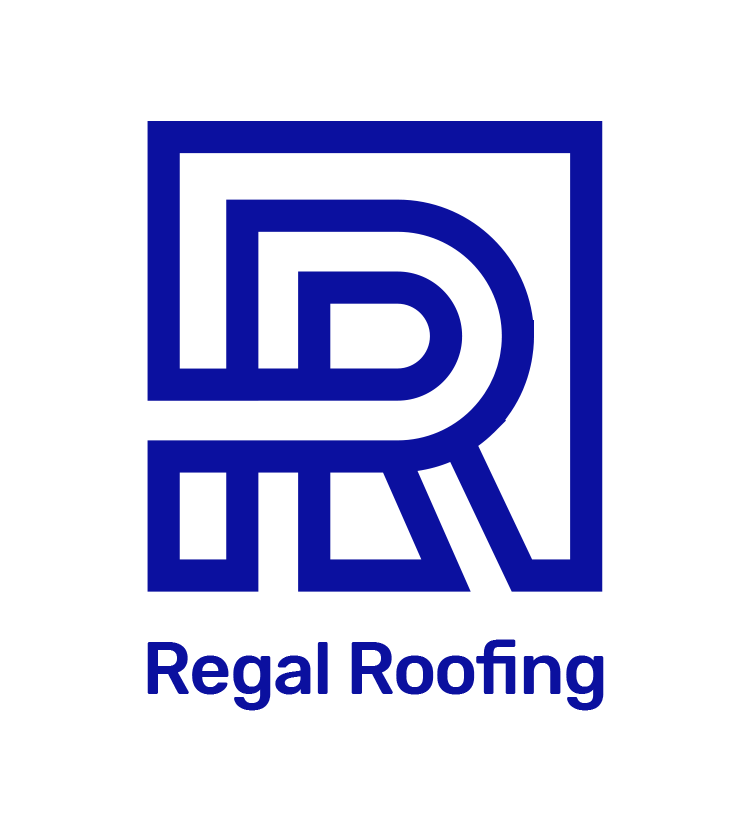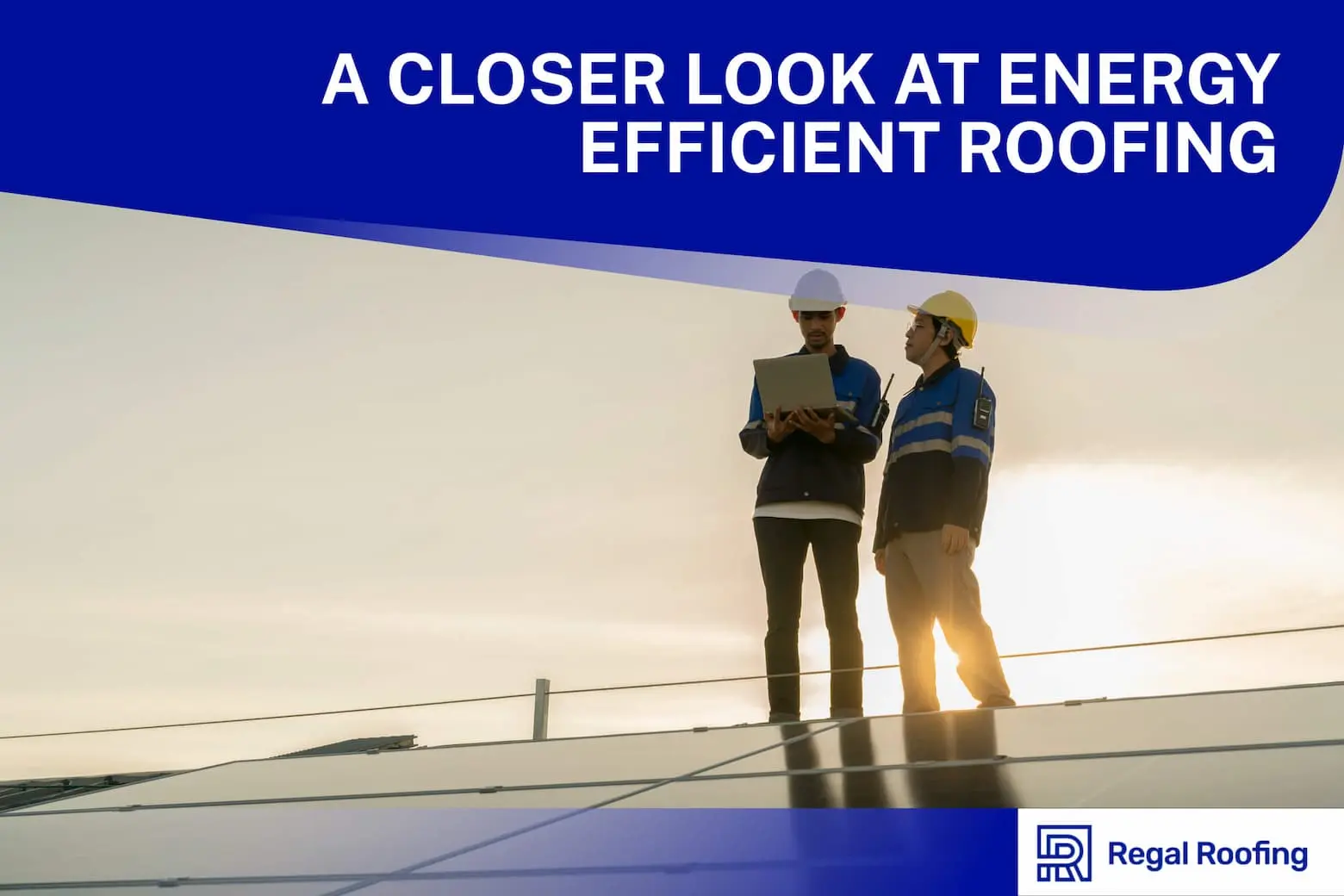Energy efficiency has become a buzzword, and rightly so. From household appliances to cars, everyone is looking to save on energy costs. But what about our homes? One of the most overlooked elements in this conversation is energy efficient roofing.
What is Energy Efficient Roofing?
Energy efficient roofing is a design that actively reduces energy usage in a house, ensuring that it remains cool in the summer and warm in the winter. This type of roofing significantly reduces the reliance on HVAC systems, which leads to reduced energy bills. An energy efficient roof is not just about the materials used but also the design, insulation, and color.
What Makes a Roof Energy Efficient?
Several factors contribute to a roof’s energy efficiency. These include materials that reflect rather than absorb sunlight, proper insulation to prevent heat from entering or escaping, and adequate ventilation. The orientation and slope of the roof also play crucial roles.
Types of Energy Efficient Roofs
The roofing industry has evolved immensely, introducing a range of materials that not only enhance the aesthetics of homes but also promote energy efficiency. Here are some of the top choices:
- Asphalt Shingles: These are among the most popular roofing materials. Not only are they cost-effective, but the latest asphalt shingles are also designed to be energy efficient, reflecting more sunlight than their older counterparts.
- Solar Shingles: These are an innovative solution that doubles up as both a roof and a source of energy. They capture sunlight and convert it to electricity, reducing the home’s energy costs.
- Metal Roofs: Metal roofs reflect sunlight and dissipate heat faster than other roofing materials, making them an energy efficient roof option.
- Tile Roofs: While they might seem like an unconventional choice, tiles, especially light-colored ones, reflect sunlight effectively, making homes cooler.
- Green Roofs: These consist of living plants, which not only provide insulation but also help in reducing the urban heat island effect.
- Clay Tiles: Known for their longevity, clay tiles also offer excellent insulation properties, ensuring homes remain cool.
- Concrete Tiles: Durable and long-lasting, concrete tiles offer thermal resistance, ensuring homes remain at a constant temperature.
- Wood Shingles: They provide natural insulation, but it’s crucial to choose the right type of wood. Cedar, for instance, offers better insulation than many other types.
Benefits of Energy Efficient Roofing
Not only do energy efficient roofs cater to sustainability, but they also offer tangible benefits that homeowners can enjoy in their day-to-day lives. Here’s a closer look at some of these advantages:
1. Offer Enhanced Comfort in Homes.
A well-insulated and energy efficient roof ensures that indoor temperatures remain more consistent throughout the year. This means cooler interiors during scorching summers and warmer spaces during cold winters, providing an overall more comfortable living environment.
2. Prolonged Roof Lifespan.
Energy efficient roofing materials are typically designed to withstand the elements better than their traditional counterparts. This resilience to UV rays, precipitation, and temperature fluctuations means they degrade at a slower pace, ensuring a longer lifespan and reduced maintenance and replacement costs in the long run.
3. Environmentally Friendly, Reducing the Carbon Footprint.
Opting for an energy efficient roof is also a step towards environmental responsibility. By consuming less energy, homes with such roofs indirectly contribute to reduced greenhouse gas emissions. Moreover, many energy efficient roofing materials are manufactured in sustainable ways or are recyclable, further minimizing their environmental impact.
Difference Between an Energy Efficient Roof and Cool Roof
Both energy efficient roofs and cool roofs serve to minimize heat absorption, albeit in unique ways. While a cool roof is specifically designed with materials that adeptly deflect sunlight, keeping the building cooler, an energy efficient roof takes a more holistic approach. This includes a keen focus on total energy savings, integrating aspects like high-grade insulation to mitigate heat transfer between a home’s interior and exterior, as well as ensuring proper ventilation, which prevents heat accumulation in spaces like the attic.
Do Energy Efficient Roofs Truly Offer Savings?
Absolutely! Energy efficient roofs strike a balance. During colder seasons, they retain warmth, and in the warmer months, they reflect heat. This optimizes indoor temperatures, reducing the need for external heating or cooling. This results in consistent savings on utility bills. Additionally, in regions where energy companies provide rebates or incentives for green home improvements, the financial perks can be even more appealing.
Is the Initial Cost of Energy Efficient Roofs High?
Though the initial outlay for an energy efficient roof might exceed that of conventional roofing choices, it’s pivotal to view the broader financial picture. Over its lifetime, the consistent decrease in energy costs can more than compensate for the higher upfront investment. Furthermore, many energy efficient roofing materials are robust and durable, leading to reduced maintenance and replacement expenses. A conversation with a roofing contractor can provide clarity about the costs and potential returns tailored to individual housing scenarios.
Key Considerations When Opting for an Energy Efficient Roof
When diving into the world of energy efficient roofing, it’s essential to know that not all materials are created equal. While the end goal remains consistent – saving energy and providing better insulation – the means to achieve this can vary. Here are some pivotal factors every homeowner should weigh before making a choice:
1. Material Life Span
Consider roofing as a long-haul commitment. Options like metal or clay tiles, renowned for their durability, can provide energy efficiency for many years, maximizing the return on investment.
2. Material and Installation Costs
It’s not just about the immediate price. A marginally expensive material boasting superior insulating properties might lead to greater savings in energy costs over time.
3. Surface Temperature Dynamics
Materials vary in their heat handling capacities. Picking those with high solar reflectance is beneficial. For more on the advantages of various materials, it’s worth exploring why one might choose a shingle roof.
Maintenance Strategies for an Energy Efficient Roof
Maintenance is the linchpin that ensures the consistent performance of an energy efficient roof. Proper upkeep not only ensures that the roof remains effective in its primary role but also extends its lifespan. Let’s delve into some key maintenance strategies:
1. Ensuring Ventilation
Regular inspections to guarantee that vents are unobstructed is vital. Effective ventilation prevents issues like mold and maintains temperature stability.
2. Opting for Lighter Colors
In hotter locales, the color of the roof can greatly impact energy efficiency. When it’s time for maintenance or replacement, gravitate towards lighter shades.
3. Use of Reflective Coatings
Periodic application of reflective coatings can boost the roof’s sun reflection abilities, ensuring long-term efficiency.
Concluding Thoughts on Energy Efficient Roofing
Adopting an energy efficient roofing approach goes beyond immediate gains. It signals a commitment to sustainable living, a hedge against the growing challenges of climate change. The initial costs might seem steep, but the long-run benefits, both in terms of financial savings and environmental impact, make energy efficient roofing an invaluable asset. As the global focus shifts towards sustainability, such decisions don’t just benefit homeowners—they also pave the way for a greener planet.
For those contemplating an upgrade or a new roofing installation, now is the time to make a choice that harmonizes with both your budget and the environment. Ensure your home is equipped with the best and latest in energy efficient roofing solutions by consulting with professionals who understand the nuances and benefits of these systems. Don’t delay in making a sustainable decision for your home and our planet. Contact Regal Roofing Brandon today and ensure your roofing needs are addressed with expertise and a vision for a greener tomorrow.
Energy Efficient Roofing FAQs:
Does a new roof help energy efficiency?
Yes, especially if it’s designed with energy efficiency in mind. A new roof can vastly improve insulation and reduce energy leakage, leading to more stabilized indoor temperatures and reduced HVAC usage.
What is the most energy efficient type of roofing?
While all the types mentioned above offer energy efficiency, solar shingles provide the added advantage of generating electricity. Over time, they can significantly offset energy costs, making them a prime choice for those seeking optimal efficiency.
What is the best color roof for energy efficiency?
Lighter shades, such as white or beige, are most effective at reflecting sunlight. These colors help to minimize heat absorption and reduce the need for excessive cooling during hot months, making them ideal for energy conservation.
What is the most efficient roof design?
A roof with a good slope, proper orientation, and adequate ventilation ensures maximum energy efficiency. Additionally, designs that integrate overhangs or incorporate green or living roofs can further enhance energy-saving potentials.


